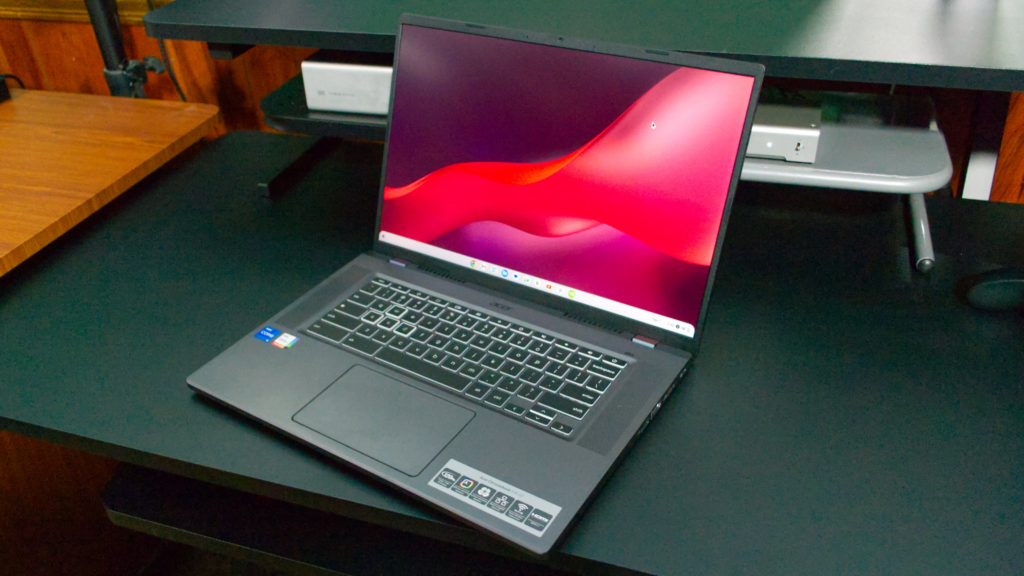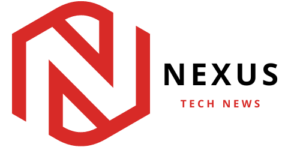Sony may reconsider cloud gaming now that Google Stadia is dead. Despite recent layoffs, Sony is recruiting 22 cloud gaming tech positions, including one to “Create and deliver the strategic vision for cloud game streaming at PlayStation.”
“Are you a cloud streaming product pioneer? “Then you likely agree that Cloud Gaming is on its way to become a big component of the gaming industry,” states a Sony job offering for a Cloud Gaming Director of Product Management.
Sony is also hiring five senior platform engineers, three software engineers, two technical project managers and at least one technical writer, four reliability engineers (and a manager), an additional devops engineer, a junior network engineer, a senior business intelligence analyst, a security architect, and a network capacity planner, many of whom will report to the Future Technology Group.

Those job postings begin:
As a member of Sony Interactive Entertainment’s Future Technology Group (FTG), you’ll have the opportunity to lead the charge in the cloud gaming revolution. FTG is at the forefront of putting console-quality video games on any device.
A Director of Hardware Engineering formerly led “vision, research, and development for SIE’s bespoke servers, rack designs and high-speed fabrics” and “innovation towards our next-generation technology.” In 2021, Sony sought a chief hardware architect “to build the future of PlayStation’s composable data center architecture for cloud gaming and machine learning” and a cloud gaming systems architect.
The Future Technologies Group also develops VR headsets, gaming controllers, and software features like Gran Turismo’s “GT Sophy” AI driver, although certain positions are obviously aimed for PlayStation Now.
The Senior Business Intelligence Analyst will analyze the cloud gaming experience, while the Security Architect “will focus on the Future Technologies and Cloud Gaming business sector.” Sony’s postings make it plain that broadcasting games to millions of users across a range of devices is the objective, unlike Google’s use of “cloud gaming” to mean live services.
Aliso Viejo, California, the former home of Gaikai, the cloud gaming pioneer Sony purchased a decade ago, is also a popular location for job ads. The team was previously known as Cloud Gaming Engineering and Infrastructure (CGEI). Sony may eventually provide cloud gaming in Australia as several networking responsibilities are in Australia.
Sony may be building a hybrid cloud architecture with Kubernetes and AWS, not Azure, according to job advertisements.

Sony said in 2019 that it will employ Microsoft’s tech, so why do the job advertising reference Amazon’s cloud? PlayStation CEO Jim Ryan told Nikkei (via VGC) that the two firms were still “exchanging ideas” in 2021. The corporations don’t need to hedge against Google Stadia and Amazon Luna anymore as both had low market share when Google destroyed Stadia.
Microsoft now like a Sony rival rather than a buddy. Even ignoring their increasingly public spat over the Activision Blizzard purchase, the UK Competition and Markets Authority estimates Xbox Cloud Gaming had three to seven times Sony’s cloud gaming market share last year. Microsoft launched its non-cloud PC Game Pass in 40 more countries today and hinted at adding PC titles to its cloud gaming service.
Sony’s next-gen cloud gaming service is not near. As the firm is currently recruiting to create its cloud gaming strategy and infrastructure, I predict the opposite.
Sony is actively patenting cloud gaming technologies, and the Future Technology Group is employing more than any other PlayStation division.
According to my search, Mark Cerny, who developed the PS5 and PS4, has his name on dozens of 2022 and 2023 cloud gaming patent applications, and the firm has applied for dozens of patents and patent continuations relating to the concept.

Some of the patents being continued date back to Gaikai’s early days, while several newer ones investigate leveraging multiple GPUs to power a single game or VR gear. The golden goal of cloud gaming is an experience that would never have been feasible without the cloud, yet no business has published a cloud-native game, only features for ones that operate without it. (Hideo Kojima says he’s working on one with Microsoft, and Microsoft hired Portal’s Kim Swift to establish a cloud-native gaming team.)
Sony has also been trying to patent ways to share a GPU across multiple applications, pause and resume games in the cloud, hand them off to different devices, stream them to a web browser, deal with unreliable cellular internet connections, and more.
Sony may have ruined gaming, but a lot has transpired since I published that piece in 2019. The business also hired Jade Raymond and Haven after she led cloud-native games for Google Stadia.
She told GamesIndustry.biz she’s now more interested in helping creators make games in the cloud than letting people play them. Financial briefs call Sony a “Live Services Developer,” not a gaming studio.
Let’s discuss the speculated PlayStation handheld Q Lite.
After thinking about it for days, I can’t believe Sony would build a portable gaming system that simply streams games from your PS5 through Remote Play, as Insider Gaming’s Tom Henderson’s sources claimed. Why would Sony intentionally prevent such a portable from playing its cloud games? Streaming across a room or across the nation uses the same technology, so it wouldn’t create a more expensive handheld.
After hiding PlayStation Now behind the priciest tier of PlayStation Plus and bundling it with features only console owners would pay for, I couldn’t see Sony using its present mediocre cloud gaming services to sell a new portable.
Let’s say the Q Lite launches as a console companion. Sony may combine it with a multiyear PlayStation Plus membership for console enthusiasts. Yet it may not last.
Any Q Lite with integrated controllers, interfaces, and streaming hardware should be ready when Sony launches its next-generation cloud gaming service.
I’ll give you my Signal if you have inside information regarding Sony’s cloud gaming plans. Email [email protected] from a non-work PC.

